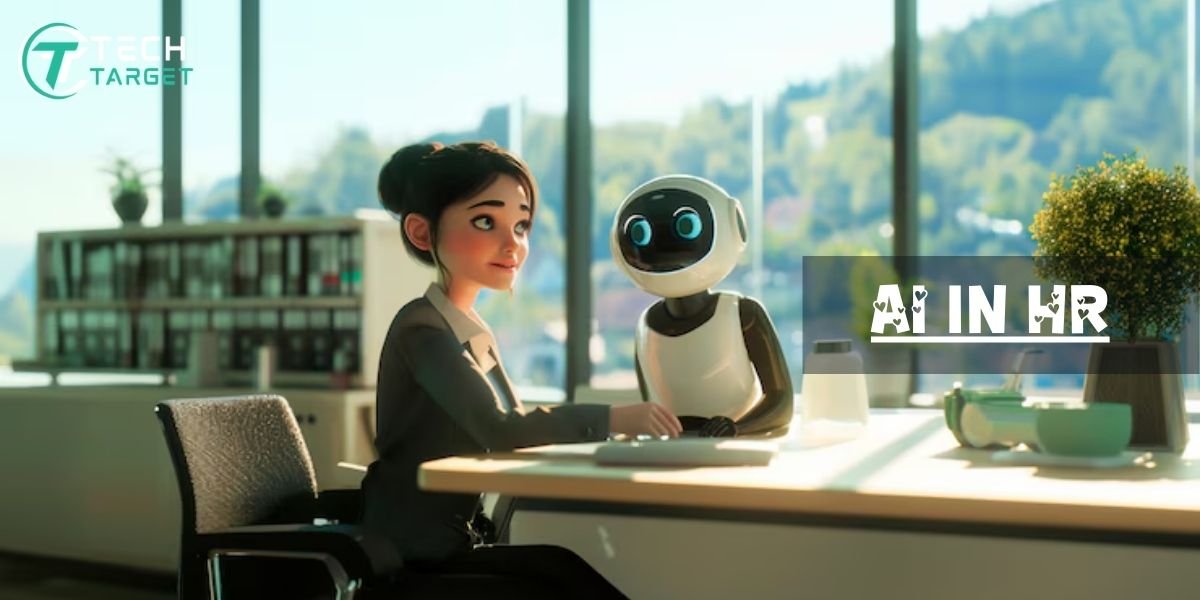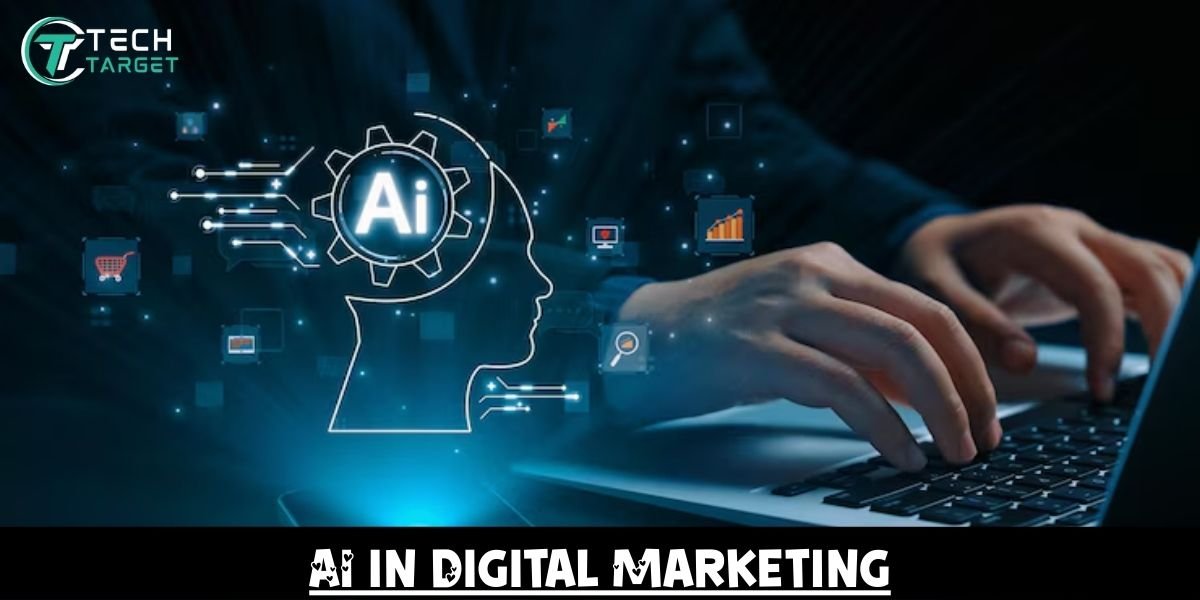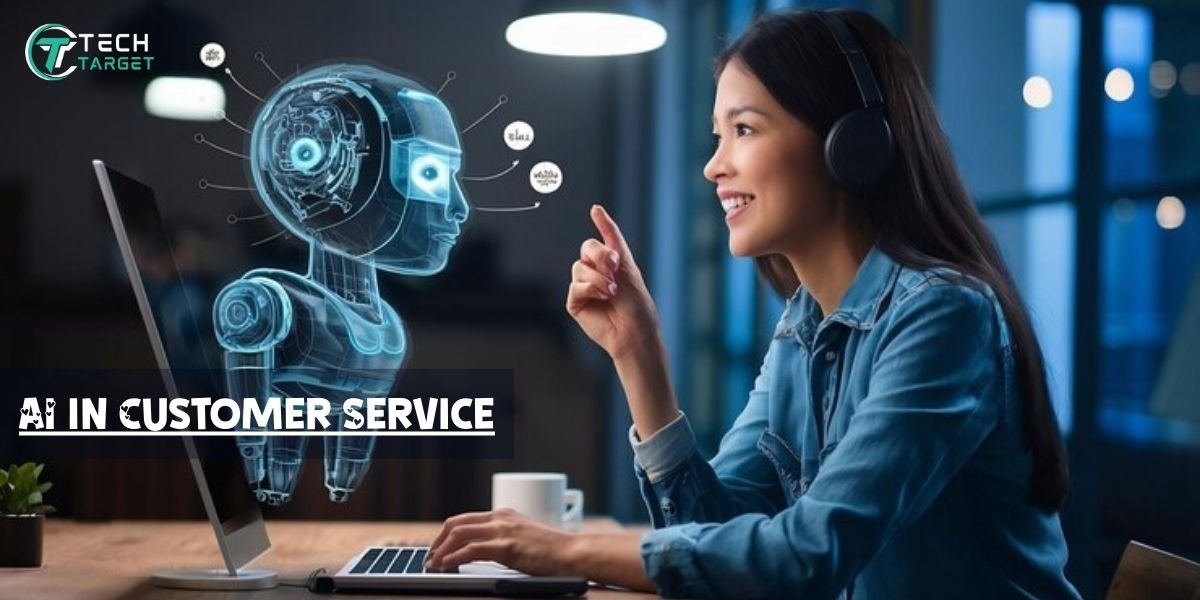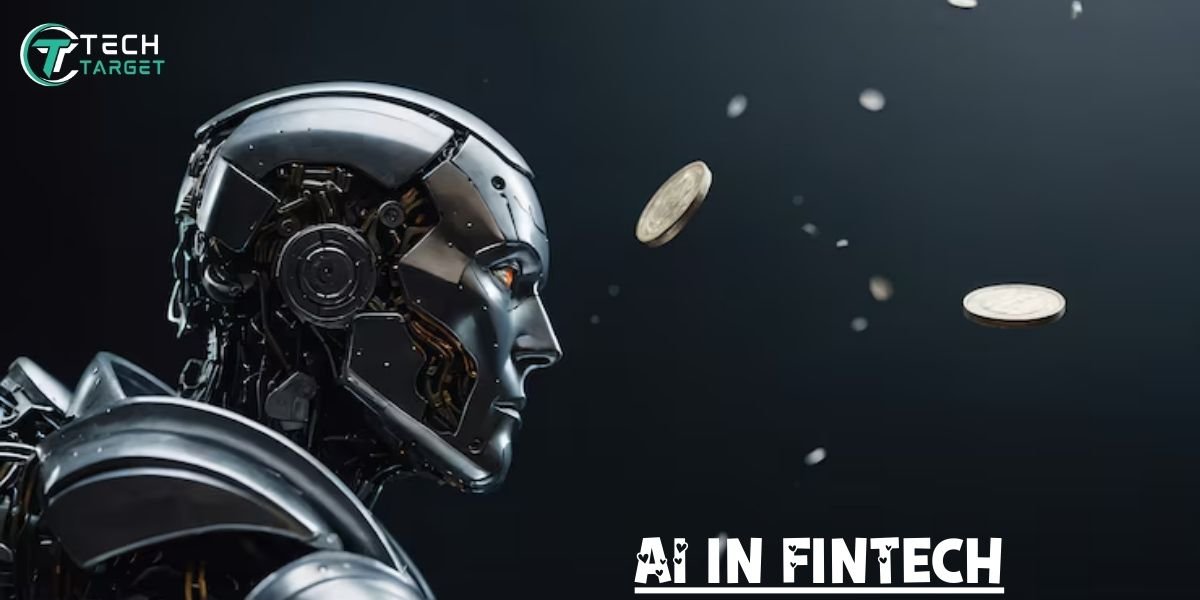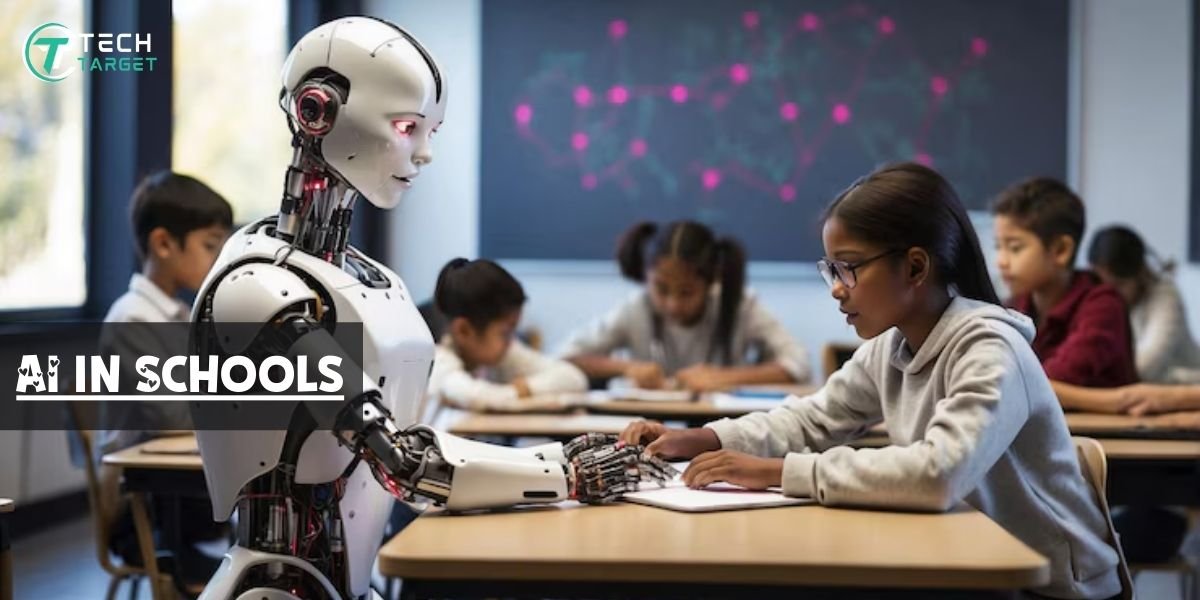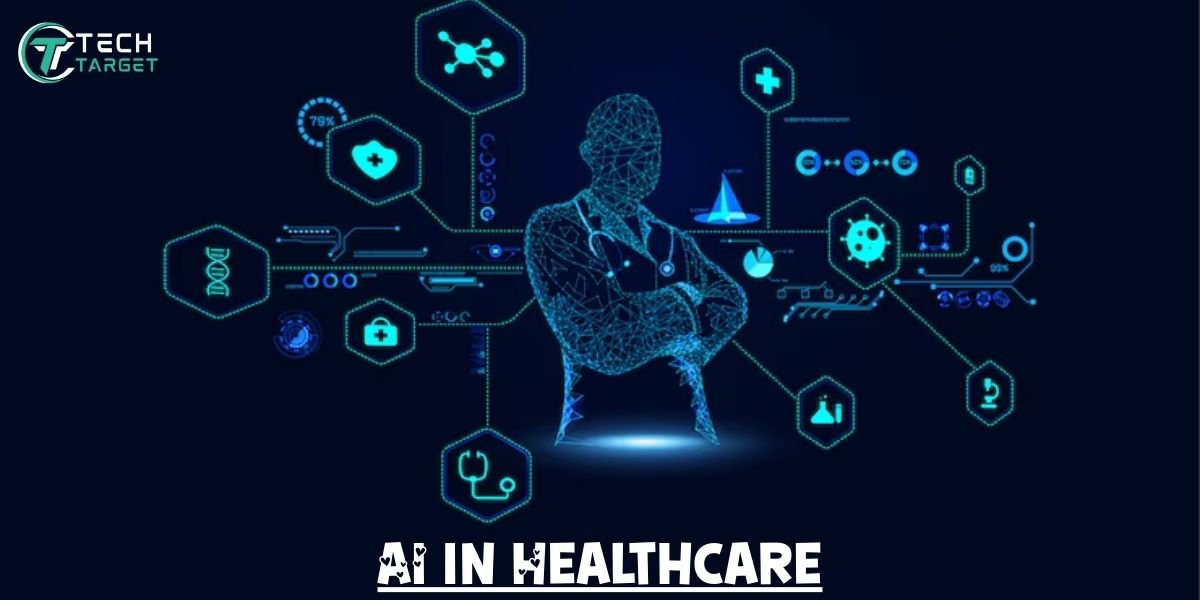Technology is advancing at a great pace, and companies are employing equally well. From tech to finance and now human resource firms, AI tools have become a go-to option for many industries worldwide. In HR, employers and job seekers both leverage the power of AI across multiple areas to maximize their chances of getting the best market value. According to IBM’s global study from the Business Value (IBV), over 40% of the workforce may require reskilling due to transitions of operations to AI over the next three years. These initiatives indicate a rise in job hunt expansions and employment opportunities over the next few years due to automation.
Moreover, over 87% of people believe employees are becoming efficient, especially after the rise of generative AI models. This write-up focuses on AI in HR and will present a complete guide to businesses that are looking to transition towards modern tech for workforce management. So, let’s get started!
What Is Human Resource Management (HRM) – Incorporating AI in HR
People who apply for jobs using online portals indirectly communicate with the company’s human resource management system (HRM). It is a completely structured platform used by HR professionals that provides a strategic approach to managing the workforce at every stage of the employee lifecycle. From hiring a new resource to motivating the existing workforce, HRM covers all sorts of technical and practical steps. It performs recruitment cycles, training process orientation, compensation, and development of the employees. Now, where does AI step into HRM? AI comes into play when employee performance, productivity, and satisfaction analysis are calculated automatically without extensive surveys and data processing of the workforce statistics. Incorporating AI can improve the operational efficiency of the human resource management system (HRM).
Where Does AI Improve HR Operations?
Artificial intelligence improves the human resource working across different departments. Here is a quick breakdown.
Recruitment and Hiring
Employee hunt is the main purpose of every HR department, and recruitment and hiring operations are the top areas where AI aims to enhance processes. Let’s get practical! You must have heard about ATS systems when applying for jobs. It is an AI-driven application tracking solution for recruitment and hiring that automatically scans resumes and filters out the matching ones for the job role. Incorporating AI across various recruitment processes allows fair compensation in the pre-selection and interviewing operations.
Onboarding and offboarding
After the employee recruitment and hiring processes, the HR department initiates the onboarding cycle to bring on board the selected candidates. And a smooth onboarding operation can improve employee retention rates by 82%. AI in HR can streamline the onboarding experience by creating and implementing a solution that complies with all the company policies. It engages the new employee or client in a briefing about business activities, as well as providing comprehensive training sessions on all protocols followed by the firm.
Offboarding is similarly important to ensure that the employee leaves the company with good wishes. An AI-powered solution allows extensive support for closing the relevant operations, followed by exit surveys. It streamlines all the required documentation for clearance, return of company assets, revoking business emails, and employees’ access to various accounts.
Workforce planning
Workforce planning and strategy making are other key tasks of the HR department, and AI can play a crucial role in them. For instance, AI in HR can perform data analysis that showcases the workforce and trends such as turnover ratios, skill gaps, and future predictions based on retention data. This allows the HR department to devise solid strategies to ensure their workforce meets all the business needs. They create training programs and succession plans to schedule the best workforce they need.
Types of AI Models that Transform HR Operations
Artificial intelligence is a diverse field and has different subsets, each defines different purposes for various tasks. There is a wide range of possibilities when it comes to AI in HR, as human resource management systems have a bunch of tasks that can be automated using AI models. Some of them are as follows:
Generative AI
One of the most popular AI models nowadays across different sectors is the GenAI model. This model specifically powers all modern-day text-based chatbots, including ChatGPT and DeepSeek. GenAI allows businesses to create content such as text, images, and videos on the go. In HR operations, professionals can generate personalized outreach emails, job descriptions, and workforce planning strategies by analyzing employee data using GenAI models. Generative AI tools such as Perplexity can dive deeper into workforce planning processes by matching data patterns with insightful information on the internet that can help human resource executives plan their recruitment drives.
The use of GenAI in HR is just the beginning—discover how it’s driving innovation in other areas too:
| AI in Social Media Marketing – How Generative AI Transforms Modern Advertising? | How Businesses Can Leverage AI in the Digital Media Marketing Landscape |
Conversational AI
People ask way too many questions when inquiring about an open position in the company. Answering queries takes a lot of time and a dedicated resource. However, most of the time, the person on call did not get the point right and asked questions repeatedly, which can become a hectic job. Conversational AI models can come in handy in this regard. These models use NLP (Natural Language Processing) to understand human languages. This helps HR teams to provide 24/7 support that never gets tired and provides instant feedback every time. These tools answer all sorts of questions, guide employees about the recruitment process, and offer personalized recommendations.
Voice Learning Models
AI technology that uses voice data models is significantly popular across industries. Models that incorporate voice learning produce tools like ElevenLabs, an AI voice solution that sounds like a human and works for different languages. Other than ElevanLabs, there are models like Grace that are specifically designed for HR operations. Grace works like a fully intelligent virtual assistant and uses voice learning models to manage all queries. It handles all the virtual operations on its own, but whenever a situation escalates, the voice model automatically transfers the issue to a real support representative naturally. This improves the overall operations of the HR department, enhancing response times and accessibility.
Automation AI Models
There is a lot of manual and administrative work in the HR department of every business, especially non-tech firms. Automation AI models are built on machine learning technology and solely focus on automation. It helps HR teams automate all the tedious repetitive operations, such as screening employee resumes, tracking policies and compliance, processing payrolls, and attendance. In short, the automation AI models take up all the administrative load off the HR department and allow them to focus more on core operations such as interviews and enterprise workforce planning. Moreover, these models minimize the risk of human error and improve the overall efficiency of operations.
Top AI Tools to Completely Transform HRM
Different tools on the market can automate almost every HR operation with efficiency and reliability. Here is a breakdown of different tools across multiple categories.
General/Daily Tasks
- ChatGPT
- Maestra
- ClickUp AI
Internal Workforce Operations
- Gloat
- Eightfold AI
Employee Engagement
- InFeedo
- Witty AI
Onboarding Operations
- Talmundo
- Coursebox AI
Performance Analysis
- Effy AI
- Peoplebox
All of the above-mentioned tools are built on AI models and provide a comprehensive approach to modern human resource management. Businesses can employ these tools based on their needs to improve and track workforce performance.
Future of AI in HR: Will it Replace Traditional HRM?
The future promises to bring more potential tools and AI models as technology continues to grow. For AI in HR, the future looks bright with more improvements on the way that will shape workplace management activities with data-based decisions. This will produce even better opportunities and will ensure that the right people get them. HR professionals will incorporate AI tools across their existing human resource management systems, which will enable them to track employee well-being and growth efficiently. The future can bring automation across different HR domains with a fully functional and strategic approach.
Will AI replace HR?
The question many ask about AI taking over HR completely in the future is concerning, as they do not understand the value HR professionals provide over AI tools. 61% of business leaders have concerns on this topic and believe that employees who work in HR can be displaced. However, this is not the case as HR is a critical part of every business and requires human interactions to build real work relationships across the company. While AI is undoubtedly capable of automating repetitive tasks, it cannot nurture HR environments independently. It does require a skilled HR professional to control AI’s outputs and interactions across workforce channels. What HR does is problem-solving while keeping the employee happy and adhering to the company policies, something that AI cannot do.
Final Thoughts
AI in HR is a big step towards digitization for businesses and creates a transparent employee working and recruitment structure. It transforms the traditional HRMs with intelligent features that not only enhance efficiency but also reduce time and resource consumption on repetitive tasks. In a nutshell, AI helps businesses create a human-centric approach using digital means to hire the extensive industry expertise. It allows building healthy work relationships by allowing transparency and fairness across people working in the company, improving employee retention rates, productivity scores, and overall satisfaction. As technology progresses, we will witness more tools that will unlock the untapped employee potential, giving businesses a competitive edge in the market.

